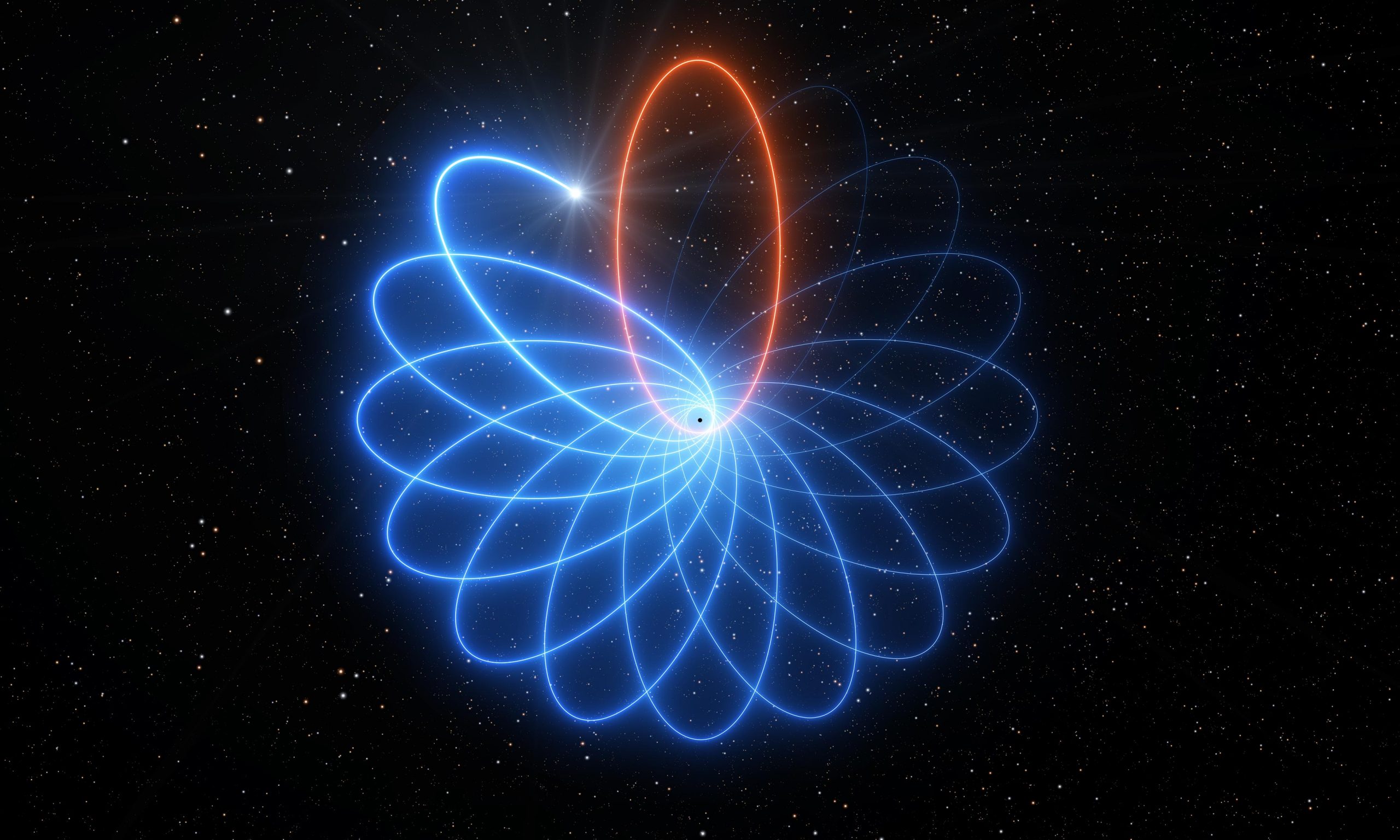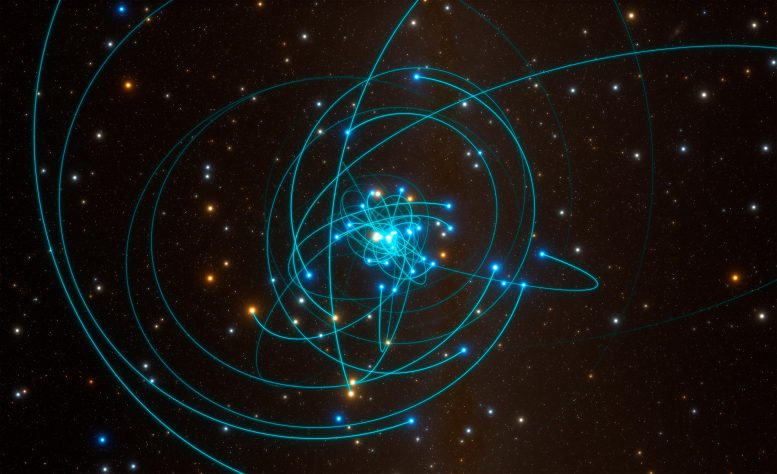The theory presented by Einstein about matter and energy has been studied thoroughly ever since it was proposed. In fact, a few theories that had come before this are also referred to when studying the topic. In 1934, it was proposed by American physicists Gregory Breit and John Wheeler.
It has been impossible earlier to create a practical demonstration of the theory due to some limitations such as making electrons collide with force, an extremely difficult task. It would mean for the gamma rays to collide with each other. Scientists and researchers are yet to find a way to create gamma lasers.
Extensive research has been done on Brookhaven National Laboratory in New York that has shown that it is possible to prove the theory practically as well. They have achieved it with the help of the laboratory’s Relativistic Heavy Ion Collider (RHIC). They aim to use heavy ions instead of lasers.

Atoms are taken with their electrons removed. These positively charged ions are then made to move at almost the speed of light. This high speed creates an electromagnetic field in and around the ions. In turn, virtual photons are created inside the ions. These photons act like real ones and give off light due to the high speed and the electromagnetic fields created.

In order to verify the real behavior of these virtual photons, researchers tested more than 6000 electron-positron pairs produced by their experiment. There are several possibilities of this experiment that suggest that this observation and demonstration were not real or sustainable. However, even the probability of any occurrence of this kind is extremely significant in the field of physics. On July 27, the research was published in Physical Review Letters.


